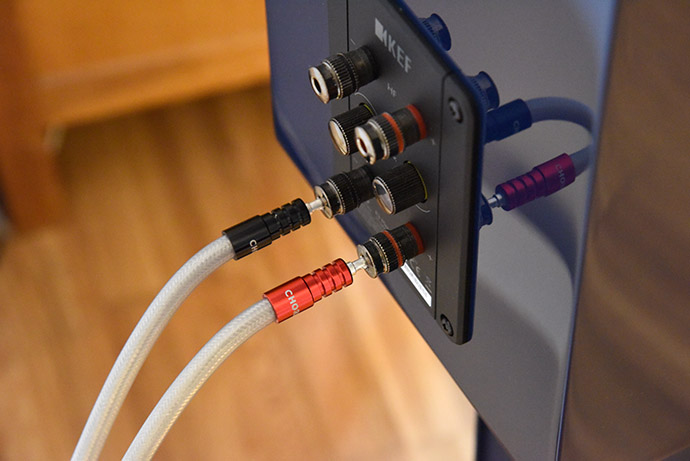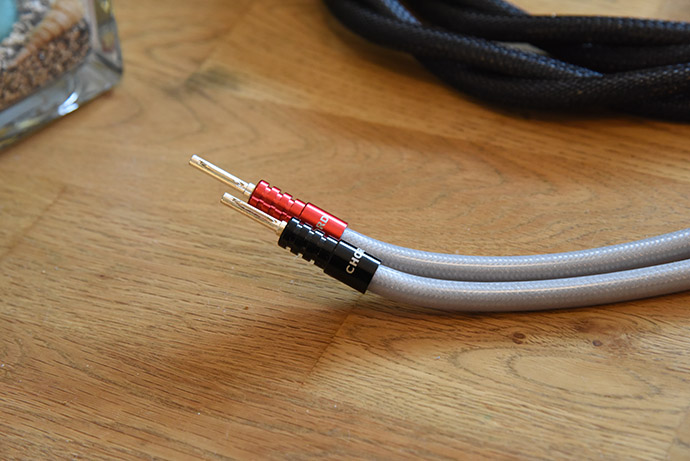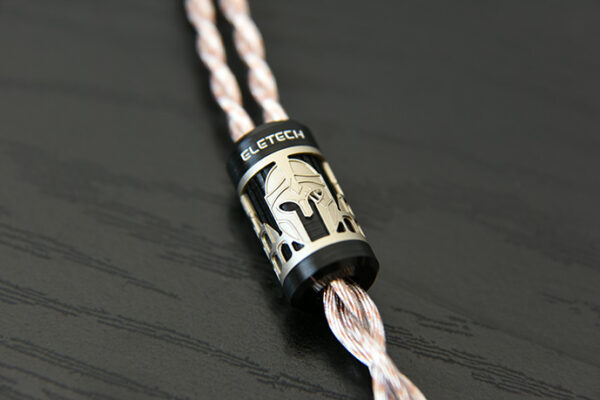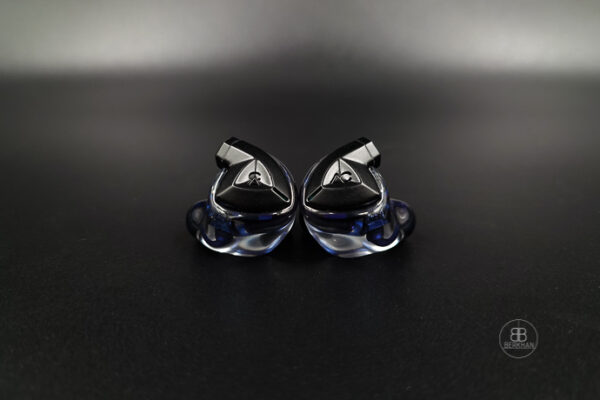If Google is showing you this page directly, click here to go to the start of the article.
Sound
I know of the ongoing debates about cables and sound, it is a hot topic among audiophiles. And while I clearly see, or hear, myself on the cable-sound-supporting side, I don’t want to disregard anyone who isn’t. If you are happy with the choices you make in this hobby, there is nothing wrong about it. Anything that brings further joy to this hobby should be respected.
Moving on.
Over the course of the past months, I have used the Signature XL as my daily driver for my KEF R3 Meta and DALI Rubikore 2. The Signature XL replaced my Audioquest Robin Hood cables that I used for roughly three years.
My entire setup consists of two M700 mono blocks by PS Audio, a Chord Electronics Hugo TT2 and an Eversolo DMP-A8 feeding my HoloAudio Serene KTE. Everything is powered by a Niagara 1200 conditioner by Audioquest. My main source of music is a self-built Roon ROCK server.
The Signature XL introduced impressive amounts of detail, background darkness and dynamic range to my system. It gives a microscopic view on each nuance and enhances overall control of what’s happening in the music. Chord’s Signature XL polishes the sound, while staying away from dryness. There is not a lot of coloring going on with the Signature XL, but rather an enhancement of performance.
Bass gets more defined on the Signature XL, reaching a notch deeper into the lows. The Chord cable doesn’t give lows more prominence or a bigger role, but adds resolution, texture and tap to it.

In the midrange I can hear more space around the instruments, resulting in an airier and open sound. If there’s any coloration going on with the Signature XL, it is in the mids. To me, they provide slight warmth and musicality. The Chord doesn’t fatten up the sound at all, but it adds a faint warm glow to it.
The most impressive upgrade was in detailing and resolution to me. Where every little bit of the music sounds more detailed overall. It enhanced layering and background darkness noticeably, which in total gave superior control over complex structures.
It feels like as if the Signature XL broadened the pathway from my amplifiers going to my speakers, allowing more information to pass through, while also giving each passenger more space to transit freely. Hopefully this analogy makes sense.
Chord’s Signature XL turns on the spotlight a little more, so you can see the contours of each musician better. It enhances imaging by good measure, while also creating a slightly wider and deeper soundscape. What the Signature XL does, is removing some of the dust and dirt around the music, while enhancing higher resolution throughout.
Treble is clearer and cleaner sounding with a sharper image, but the notes are not sharp to the touch. The extension into the highest registers got enhanced by the Signature XL, reaching a bit further up top and providing higher amounts of air.
Comparison
In this short segment I will compare Chord Company’s Signature XL to the Audioquest Robin Hood cable. The Audioquest cable has served as my reference, and only cable, for the past years.
The Robin Hood is roughly 900€ cheaper in three meters length.
Signature XL and Robin Hood do differ in a few key areas in my opinion. Most notably, the bass of Robin Hood is more pronounced and more in the foreground than on the Signature XL. The Chord cable though offers higher resolution and a more micro-detailed response.
The Robin Hood colors the music in a warmer tone than the Signature XL, providing a fuller and denser sound. Chord’s Signature XL on the other hand offers more precision and expansion. It stretches a wider and deeper stage than the Audioquest with my speakers.
Treble of the Signature XL extends further up top, while the Robin Hood has a softer, more laid-back approach to music in this frequency range. Although the Chord offers a cleaner and clearer sound to my ears, the Robin Hood has more zing in some cymbals.
In terms of technicalities, it is the Chord cable that performs better throughout. It has higher resolution, micro-detailing and offers sharper imaging in a grander sound stage. The Signature XL places instruments and musicians with better spotlight and provides more contrast.
Both cables are excellent choices, depending on what you are aiming for. The Signature XL just takes the performance a step further, while the Robin Hood might be ideal should you want to add a touch of coloration.

Conclusion
The Chord Company Signature XL is a beautiful cable, that offers outstanding performance across the board. It brings exceptional detail, dynamic range and resolution, revealing the finest of nuances without introducing harshness.
This review has been my first step into Chord Company’s products, and I admit, that the Signature XL delivered unexpected results. The performance improvements shown by Chord Company are impossible for me to ignore.
I think Chord’s Signature XL should be considered by anyone who’s looking to upgrade their audio quality to the next level.
Summary
Pros:
Performance Upgrade
Excellent details and resolution
Clear and clean sound
Build Quality
Cons:
Some might find it lacking warmth
Differences in cables are small compared to other audio investments










Lee
I have to say, you nailed the description of how these cables sound. I have these feeding Paradigm 80F towers in my dedicated room. Your entire assessment has been my experience with these awesome cables, I love them in my system. I have a PrimaLuna EVO 300 integrated tube amp, Darlington Labs MP-7 phono stage, a Pro-Ject turntable with a Sumiko Amethyst cartridge. I have Chord Clearway X interconnects between the phonostage and integrated amp, and a Cardas Iridium interconnect between the turntable and phonostage. It’s all on a dedicated 20A circuit, and I also have an Audioquest Niagara 1200, plus a dedicated room, and I feel like I’ve arrived more or less, lol..I love the system